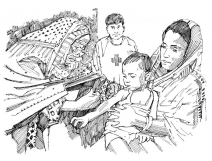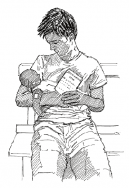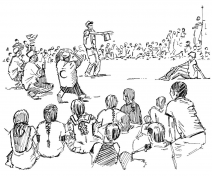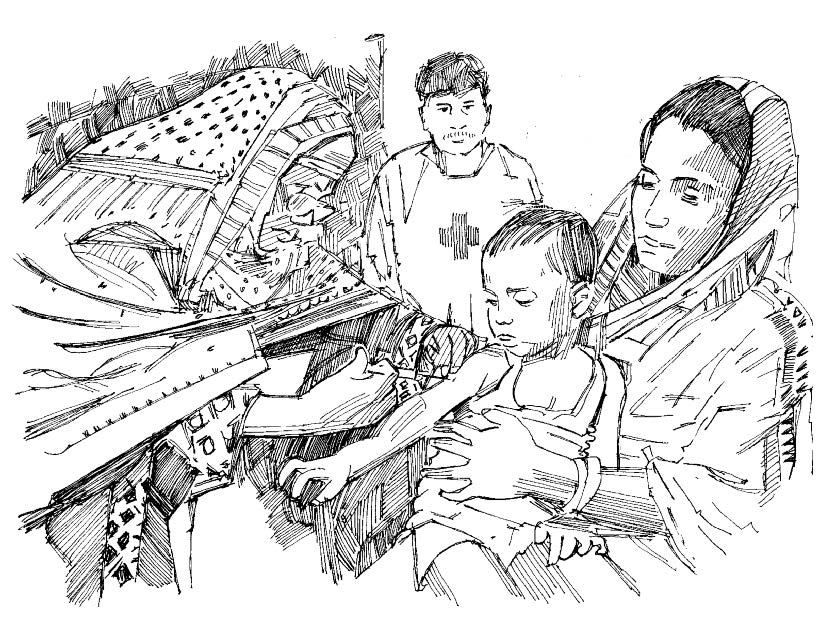25. Mass vaccination campaigns
25. Mass vaccination campaigns
Last update: 2023-09-30
Overview
- Outside of routine immunization schedules, vaccines may be provided in response to an outbreak through mass vaccination campaigns.
- A mass vaccination campaign occurs when the authorities give vaccinations to as many (appropriate) people as possible in a short period. Mass vaccinations take place in addition to routine vaccinations (see Action Tool Routine vaccinations). They may be organized because routine vaccinations cannot be given or in order to help control an epidemic. If necessary, this is also a good opportunity for volunteers to get vaccinated if they are eligible. Some examples of mass vaccination campaigns are: targeting children during a measles outbreak, mass vaccination campaigns during an Ebola outbreak or mass vaccination during the COVID-19 pandemic.
- Other types of vaccination campaigns target only specific at-risk groups. For example, “ring vaccination” during Ebola Virus Disease outbreaks targeting contacts and contacts of contacts.
What to do and how to do it
Preparing to promote a mass vaccination campaign
- Use the National Society’s network to publicize outbreak response vaccination campaigns.
- Make sure you have all the relevant information and know where and when the vaccination campaign is taking place and who is supposed to be vaccinated.
- Find out the reasons for vaccination and the basic facts about the disease that vaccination will prevent.
- Under the advice of health professionals, inform the community of any expected side effects (especially common side effects) of the vaccine. This will help the community to know what to expect and to understand a normal response to the vaccine.
Promoting mass vaccination
- Help health workers to ensure that all individuals at risk get vaccinated, including in hard-to-reach areas. Use simple and straightforward messages.
- Disseminate well in advance the location, vaccination site hours, number of vaccination days and age groups targeted.
Social mobilization, messaging and community engagement
- The most important task is SOCIAL MOBILIZATION (see Action Tool Social mobilization and behaviour change).
- Coordinate with the health authorities.
- Familiarize yourself with the habits and beliefs of members of your community and how they normally deal with vaccinations.
- Meet community leaders and tell them about the campaign; get them to help reach the community.
- Talk to members of the community and explain how important vaccination is to protect their children.
- If some members of the community are afraid of vaccinations, assist community workers to calm and remove their fears.
- Correct rumours and misinformation about vaccinations (see Action Tool, Dealing with Rumours).
- Use information, education and communication materials, such as the community message tools in this toolkit, because pictures always help people to understand messages better.
- If requested by health authorities and/or other actors responsible for administering the vaccines, support with: crowd control to manage the influx of people and the queue; assist in checking the target group age and characteristics; collaborate with community leaders to maintain order. Other tasks such as registering people, dispensing other items such as vitamins, or setting up vaccination spaces may be undertaken if requested by and in coordination with the health actor responsible for administering the vaccines.
Mass vaccination campaigns



